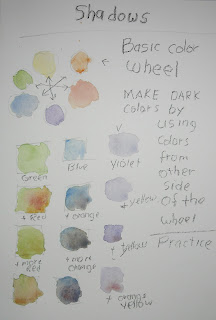Supply list for print making by hand.
Spectrum Home School Community
The third quarter is our printmaking unit.I am very excited about this course.
I am sensitive to the need to keep cost down so I suggest you consider the coupons available at most stores like Michaels, and Hobby Lobby. These supplies can be found at both locations, Michaels has shipping discounts available too.
We will be using ink. I only use the Speedball brand that comes in a tube. The individual tubes cost about 8 dollars.
1 Tube of black ink. we will use black for almost all projects
1 multi pack ink that has red, blue, yellow, and black.- these are smaller tubes. we will be using colors only after the 3rd week, so no rush.
(Optional) a brayer it is a rubber roller for applying ink to the surface, I have extras we can share if you can't get one. We may be borrowing some from another home school group.
A hard flat surface like a mirror, sheet of plexiglass, pie pan lid, plastic clip board etc. it needs to be washable.
Paper. We will use lightweight paper like common printer paper from your computer. We have received a donation enough for our needs.
Cardboard that can be cut easily like from a cereal box. Not needed the first two weeks.
Random junk that can be glued to a surface to make a printable collage, buttons, bobby pins, paperclips, bottle caps etc. Not needed until the 7 or 8th week but start collecting now.
Styrofoam plates for the 3rd and 4th week maybe 5th week. It needs to be the type of soft plate that one can press in image in and it stays down, and easy to cut.
Craft foam the type that is rubbery and soft there is an entire isle of it at Michaels we just need 1 sheet of 9x11 or something like that size. Any color.
Double sided tape.
White glue.
A few sheets of stiff cardboard like from the back of an old binder or sketchbook. We won't need this until the 2nd half of the unit.
If you are wondering: I will NOT be using knives to carve lino like our generation was taught back in the 70s. I have safety concerns. Lino is is a good method and makes wonderful projects but we only meet once a week and not enough time to complete a project, since most of our projects are done in one class. If a student wants to cut lino with a set of carving knives they are welcome to bring the finished project to class to print. Instead of lino I use the rubbery craft foam that can easily be cut with scissors or craft knife.
(c)Adron Dozat











